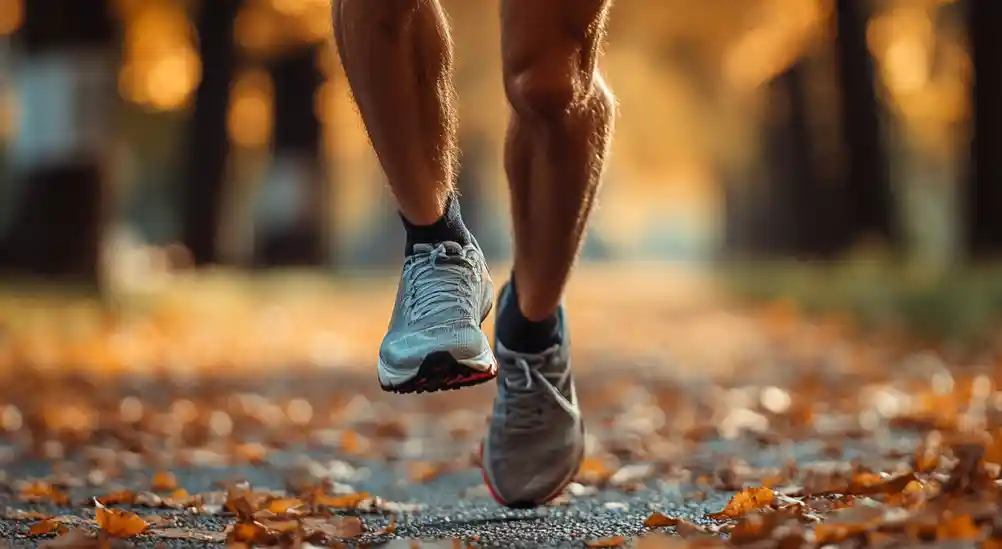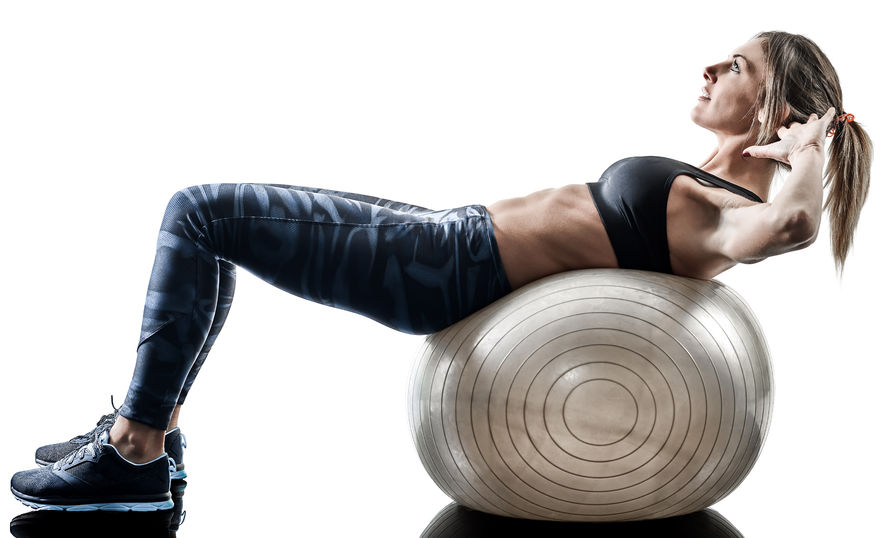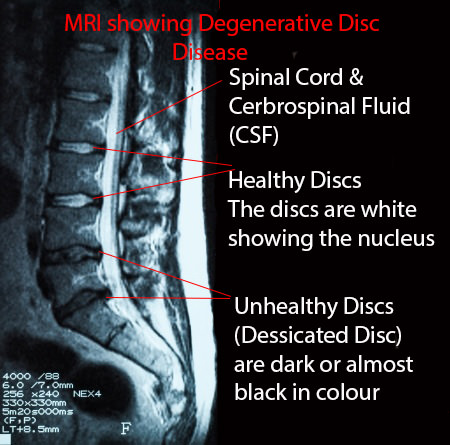Cuboid Syndrome: Relief For Lateral Foot Pain

Do you have cuboid syndrome? Do you have trouble putting weight on the outside (lateral) part of your foot especially when you are pushing off to step?
What is Cuboid Syndrome?
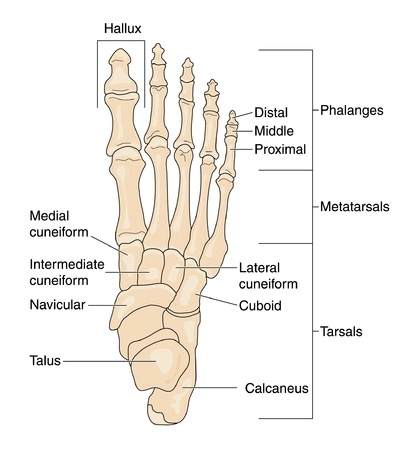
Then you may have cuboid syndrome. The cuboid is one of 26 bones in your foot. The bones, along with the ligaments and muscles, need to hold up your body weight when you stand and absorb the shock from walking, running, and jumping.
How Does the Cuboid Work?
Your cuboid is pretty stable when you consider all the ligament attachments. A muscle tendon called the peroneus longus also forms a sling around the side of the cuboid. The cuboid becomes the pulley for the peroneus longus, pulling it up and over towards the middle – a movement called eversion.
Jumper’s Knee: How to help your knee
What Causes Cuboid Pain?
Despite all the ligaments and the peroneus muscle tendon, your cuboid can become unstable, causing pain in the area. Research hasn’t discovered the exact cause, but some people I have treated have had their foot stepped on, and one had their foot run over by a car. Most of the others sprained their ankle and caused their cuboid to shift.
Some academics think that cuboid syndrome can stem from excessive body weight, training on uneven surfaces, bad or ill-fitting shoes, orthotics, or pronated feet. Pronated feet are feet that flatten out when you walk.
Who is at risk?
Cuboid syndrome is common among ballet dancers with foot and ankle injuries (16.7%) and occurs in 6.7% of people with ankle sprains. [1]
Recovering from Post Concussion Syndrome: Step-by-Step Guide
Other names for cuboid syndrome
Cuboid syndrome is also called cuboid fault syndrome, dropped cuboid, subluxed cuboid, locked cuboid, or peroneal cuboid syndrome, and is associated with lateral plantar neuritis.
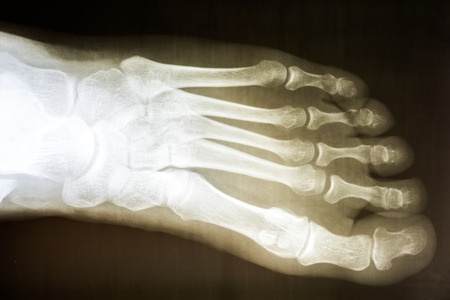
Diagnostic Challenges Of Cuboid Syndrome
The only two tests consistently mentioned in research for diagnosing cuboid syndrome are the midtarsal adduction test and the midtarsal supination test. However, even these tests lack definitive proof of effectiveness.
Muscles & Tendons To Look For
Clinicians might look for a slight depression around the cuboid on the top of the foot, or a protrusion on the bottom. These changes can be subtle. Additional indicators may include tenderness of the peroneus longus tendon or at the origin of the extensor digitorum brevis muscle. Direct pressure on the cuboid from the top of the foot, when combined with other observations, can also be suggestive of cuboid syndrome.
X-rays & Cuboid Syndrome
X-rays, CT scans, and MRIs are often not particularly helpful in diagnosing cuboid syndrome unless used to rule out other, more serious foot conditions.
Treatment Approaches
- Manual Manipulation: A trained clinician can locate the cuboid bone and manipulate it back into place, allowing you to bear weight on your foot again. This manipulation is believed to have a neurophysiological effect, reducing pain signals by restoring proper nerve function in the area.
- Supportive Padding: A felt pad (approximately 1/8 or 1/4 inch thick) placed underneath the cuboid can provide support and pain relief. This allows for comfortable movement while seeking more comprehensive treatment from a chiropractor or other qualified healthcare professional.
- Additional Therapies: Some practitioners have reported success in combining heel raise exercises and taping to support the foot’s arch with deep tissue massage of the calf muscles (triceps surae).
Important Note: It’s essential to consult a doctor if they know enough about the foot, or chiropractor for a proper diagnosis and to discuss individualized treatment options for cuboid syndrome.
Feel free to share your questions, thoughts and experiences in the comments below, and don’t forget to connect with us on Facebook for more updates and tips on improving your shoulder health. We’d love to hear your opinions on who you consider the best Toronto chiropractor.
References
- Chris J. Durall, DPT, ATC, MSPT* Sports Health. Nov 2011; 3(6): 514–519. Examination and Treatment of Cuboid Syndrome
- White SC. Padding and taping techniques. In: Valmassy RL, editor. , ed. Clinical Biomechanics of the Lower Extremities. St Louis, MO: Mosby-Year Book Inc; 1996:367-390
- Matthews MLG & Claus AP Two Examples of ‘Cuboid Syndrome’ with Active Bony Pathology: Why Did Manual Therapy Help? Manual Therapy 2014; 19(5): 494-8. doi: 10.1016/j.math.2013.11.007. Epub 2013 Dec 19.


